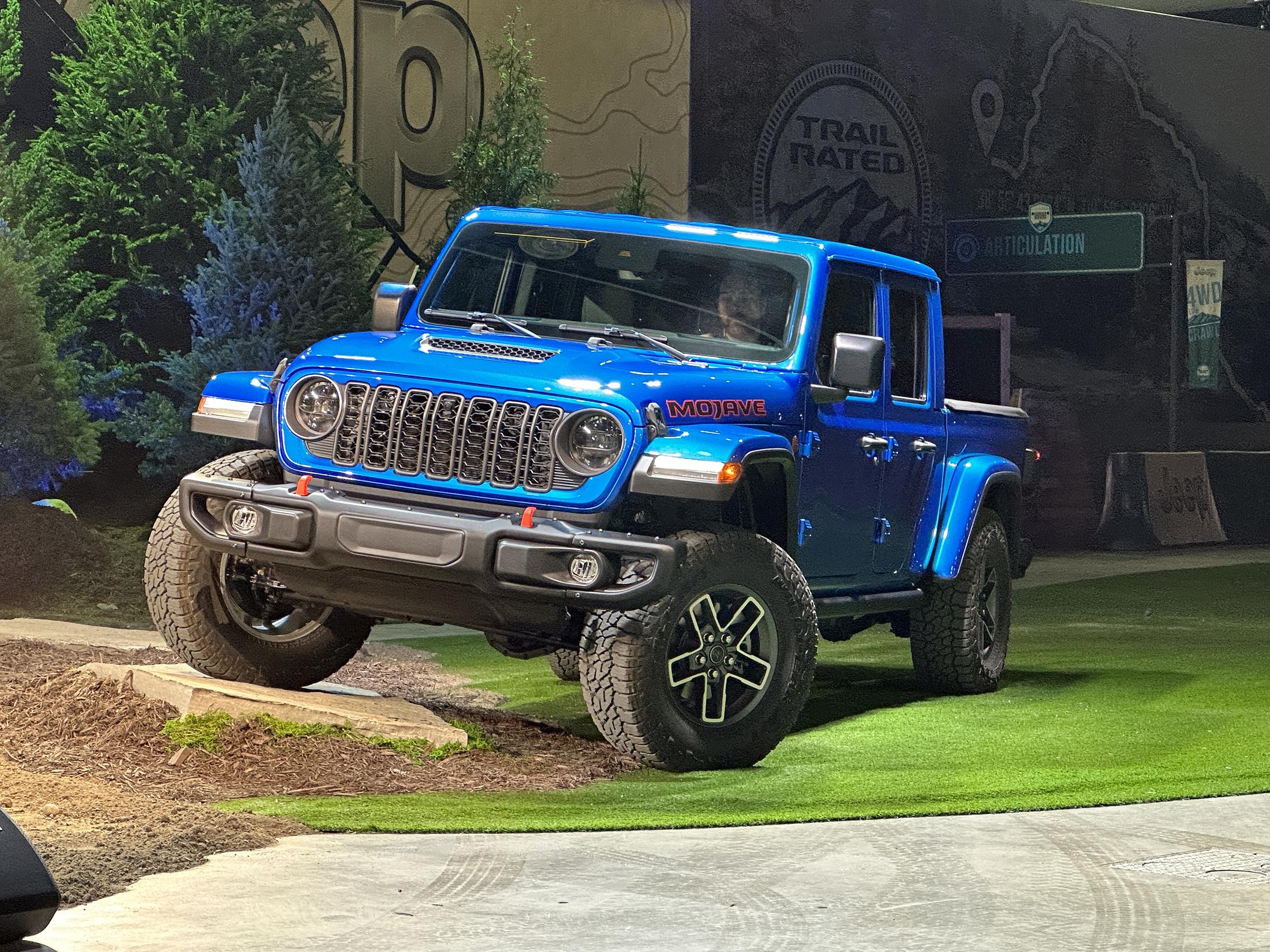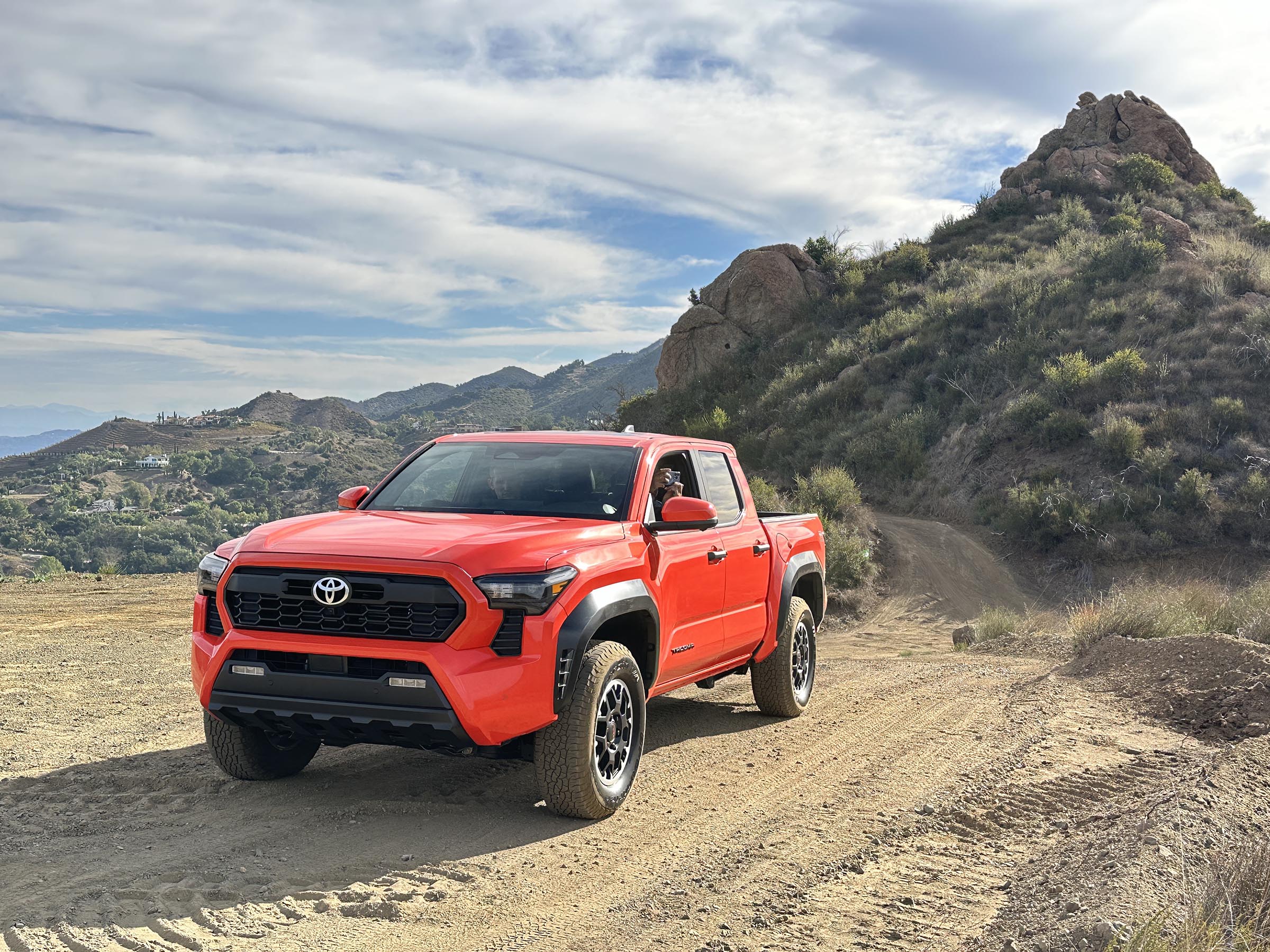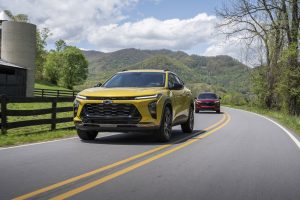After three years of rising prices and a lack of traditional sales incentives, new vehicle buyers have good reason to celebrate this holiday season. Sticker prices are stabilizing and, in some cases, are even falling. Meanwhile, incentives are back in a big way, and are expected to continue rising in the months to come, reports Headlight.News.
Happy holidays, indeed! And it won’t be Santa bringing the best gifts this year, at least not if you’re in the market for a new vehicle.

Incentives vary by model, though the Jeep Gladiator, at more than $8,000, offers some of the biggest incentives now available.
The pandemic created a variety of problems for car buyers. Automakers raised prices at a record pace, even as they cut production, leaving millions of buyers struggling to find the vehicles they wanted.
In turn, factories slashed incentives while dealers often tacked on surcharges reaching into the thousands of dollars.
Suddenly, things are shifting back from a seller’s to a buyer’s market. Price hikes are largely flattening out, even as incentives make their return.
The typical car shopper this month will receive rebates and other givebacks worth almost $2,500, according to data collected by J.D. Power’s dealer tracking network.
More consumer news
- As many as 52 million vehicle airbag inflators may be targeted in new recall
- Is your car giving you a bad reputation?
- New technology could keep drunk drivers off the road
As inventories rise, prices start to fall
Due to both COVID-related closures and production cuts caused by semiconductor shortages, dealer inventories fell sharply from Spring 2020 through the first months of 2023. Where new car lots normally held a collective 3 million or more vehicles, that dipped to barely 1 million at the low point.

EV sales continue growing, but at a slower pace – and that’s got some manufacturers, like Hyundai, offering up big deals.
That was the perfect storm creating a seller’s market where the typical new vehicle went out the door for as much as $50,000, according to industry data, a rise of more than 50% in barely a decade.
Now, however, inventories are back above 2 million vehicles and rapidly approaching pre-pandemic levels. And “a lot of the old factors are coming back into play” which, said Jominy, translates into good deals for shoppers.
Incentives double
In November, reported Cox Automotive, rebates, low-interest loans, subsidized leases and other incentives rose by about 131%, year-over-year.
This month, “Incentives have grown 91% from a year ago and will reach an industry average $2,458,” said Power’s Jominy, though that’s still well short of the average $4,500 in incentives shoppers were getting in December 2019.
But it’s still driving down what consumers are paying, once list prices, options and incentives are factored in. Average transaction prices are expected to come in at $46,055 for all of December, Power forecasts, down $1,274 from what shoppers paid during the final month of 2022. Last year, ATPs pealed around $50,000.

By holding down inventories, some manufacturers have minimized incentives – especially on popular new models like this 2024 Toyota Tacoma.
Deals may vary
Inventory levels — and incentives — vary by brand. On average, automakers typically aim to have about 60 to 65 days’ worth of vehicles in dealer stocks. In other words, enough product to last for about two months if supplies were cut off.
Some imports, such as Toyota and Honda, routinely run on the low side. And some manufacturers, like Ford, have been trying to hold down inventories on specific models, hoping to promote something of a build-to-order approach where production is more closely synced to actual market demand.
But some brands have been caught by unexpected sales slumps. Jeep, the off-road Stellantis marque, currently has a 128-day backlog at U.S. dealers. It’s planning to trim back production at two Midwest plants in February to bring supply-and-demand in line. In the meantime, it’s offering substantial deals on slow-sellers like the Gladiator, Compass and Grand Cherokee reaching as high as $8,257 on the midsize pickup.
More to come
“We expect incentives to continue to rise as we get into next year,” Jominy told Headlight.News.
Some of the best deals to come may show up on battery-electric vehicles, according to industry trackers, as sales growth slows and more manufacturers enter the emerging segment. Tesla has triggered an EV price war with a series of cuts it’s made since last January.
Meanwhile, automakers may have to adjust prices and add new incentives due to changes in federal EV incentive guidelines set to take effect come January. One popular version of the Tesla Model 3 will lose its current $7,500 tax credits and the automaker may be forced to find ways to offset that or face a fall-off in sales.
Along with more lucrative incentives, automakers are offering other ways for shoppers to save money. Pre-COVID, millions of Americans leased, rather than purchased, their vehicles. At some luxury brands, leasing accounted for as much as 70% of the business, as it could result in substantially lower monthly payments.
Leasing virtually vanished during the pandemic, but it’s staging a rapid revival. It’s expected to grow 6 percentage points this month alone, according to Power data, to around 23% of new vehicle demand.






0 Comments